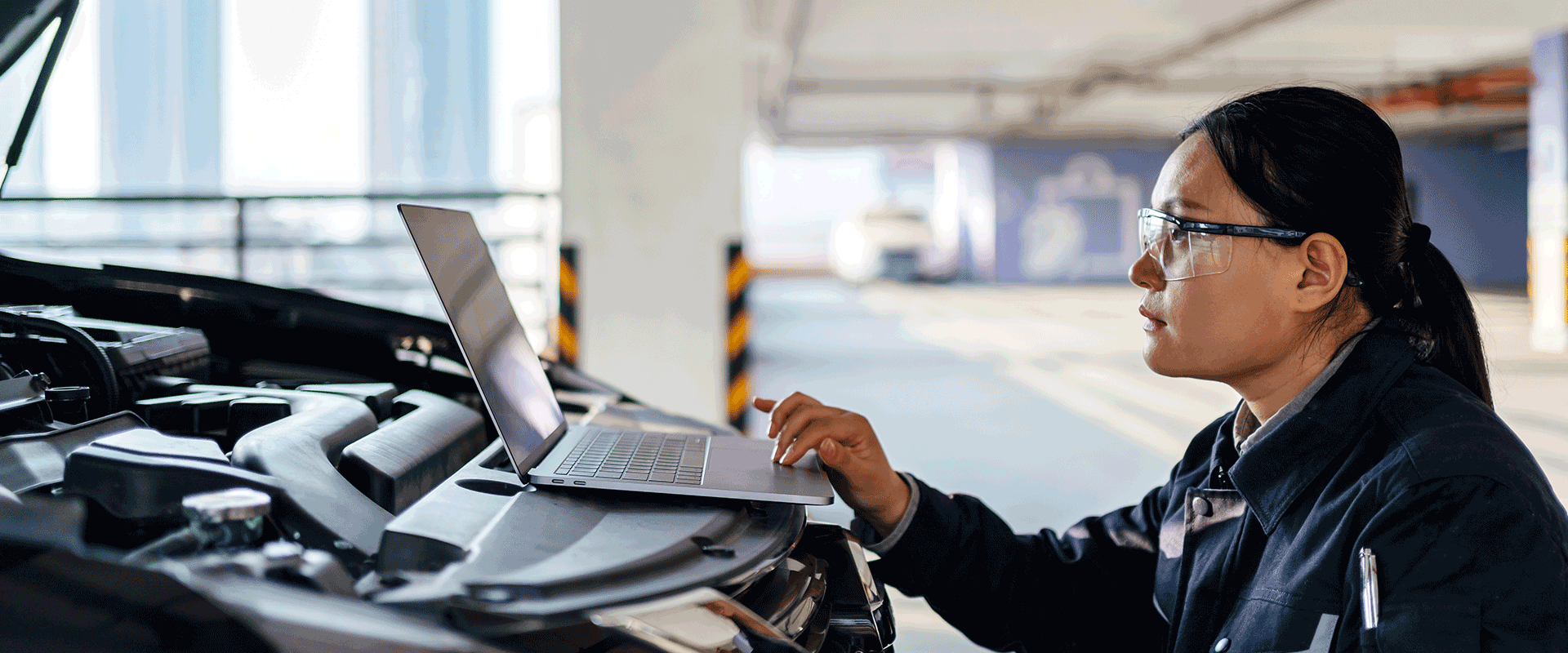Despite the favorable macro tailwinds for auto service and repair, however, the evolution of automobiles is also creating unprecedented challenges for providers going forward.
Technological shifts are beginning to occur. The growing penetration of battery electric vehicles (BEVs), rollouts of advanced driver-assistance systems (ADAS) and the increasing connectivity of vehicles are moving the market toward a transformative period for service and repair. The incorporation of greater technology is also expected to create significant expense in tools, systems and training. Meanwhile, OEMs are gaining the ability to “update” vehicles remotely and, in the process, to “lock out” independent providers through proprietary diagnostics, tools and software code.
These evolutions are prompting many questions in the industry about how the auto service and repair model will adapt, among them:
-
How soon will these technological changes have a meaningful impact on service and repair?
-
What will be the future role of independent auto service and repair?
-
What can differentiate and drive demand for independent auto service and repair providers, and how can they position themselves to win?
L.E.K. Consulting’s recent experience suggests that while technological shifts create challenges, they also provide an opportunity to bring truly disruptive innovation to the consumer experience. In parallel to changes in vehicles, changes are also taking place in the retail environment, and consumer expectations of the retail and service experience are on the rise. As digital retail environments for research, purchase and service become the norm, delivering on consumer expectations can help service providers develop an edge.











